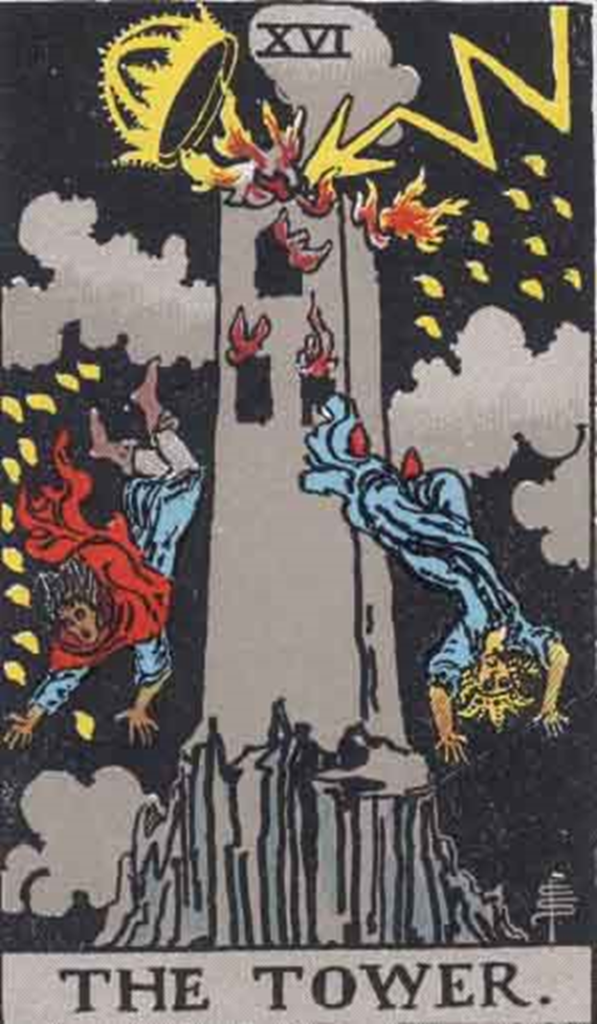Scattered fragments from an interview with a quantum mechanic
The Tower is built on spit and spite1
Q: What is your project and why did you choose it?
A: When, between a session on the bongos and a lectio magistralis, Richard Feynman was asked about quantum mechanics, he had this to say: “I think I can safely say that nobody understands quantum mechanics”. These words happened to be also my first direct experience with the field, as this quote and Feynman’s face on a slide are how my III-year undergrad professor decided to open the quantum mechanics lectures. Now, me being me, I couldn’t but take those words personally, and, being Italian, All Too Italian, there is nothing I do best than hold a grudge. Therefore, several years and two master’s degrees later, when asked to devise a project, I still could not forgive Mr. Feynman for insinuating that I could not understand quantum mechanics, so I had no choice, really, other than to prove him wrong. A couple of emails with an interested PI later and we had a Midi project: building a framework to simulate hybrid quantum-classical circuits.
Without a sound, without a sight
Q: What is framework to simulate hybrid quantum-classical circuits?
A: Now, that’s a wonderful question. And the answer is, to my original shock: something that doesn’t exist yet! Or, at least, it’s not complete enough to be of any actual use. You see, the beauty of quantum mechanics, that makes fun ideas such as a quantum computer possible, revolves around the concept of coherence. In nuce, this just means that particles can be in multiple states at once. Light can pass either sides of an obstacle, a cat can be both dead and alive, and a bit of memory can be either a 0 or a 1 at the same time.
The problem with coherence, unfortunately, is that the messy real world really doesn’t like it, and will do whatever it can to destroy it. The good news, however, is that we can account for this! An ingenious theorem from G. Lindblad allows us to simulate loss of coherence2, and see if there’s a way we can bend the rules of nature and preserve it longer than we should be able to. “Why just about nobody is doing this kind of thing?”, I hear you ask. Because the Maths is hard and quite niche: a combination that does not attract but the most masochistic of PhD students.
The biter bit, the bitter bite
Q: Ok, but why exactly we need this framework?
A: This is definitively the easiest question to answer: to (I hope) build a Quantum Computer in Silicon. Why do we want one of those? We need a Quantum Computer because we can build one, and it could save an eyewatering amount of time and energy in datacenters. Moreover, we need to build one fast because a Quantum Computer could break the internet as we know it3, and we don’t want the only thing keeping our privacy safe to be the assumption that nobody has gotten one to work yet. Why silicon? Because it’s scalable4, so if (when) we find a design that works, we already have the factories to make it. The same cannot be said about the exotic things that the tech giants are exploring, which would likely be prohibitively expensive to manufacture at scale.
(It’s better to be out at night)
Q: Now the most pressing question: Why does this have anything to do with the Tarot?
A: Just like a certain Tower in a Painted Card from a Vampire Tarot, being smitten by God for humanity’s hybris, the aim of this project is quite ambitious. The plan is to code the simulations from scratch, and, hopefully, to make them good enough to assess the performance of real devices. We’re also flying blind, as there isn’t much literature in this field, and what is out there is usually focused either on the mathematical aspects or is purely experimental. The hope for this work is to be a trait d’union between the two. You see, the XVI Major Arcanum in a Tarot deck, the Tower, usually represents failure and hybris. The original meaning, however, is disruption rather than destruction. It’s an opportunity for a paradigm shift. The Tower is also a symbol of mystery, of knowledge, or lack thereof. Up until now, many papers have reported experiments on quantum systems, but the actual nature of their dynamics is still all but clear. These simulations may shed some light on the matter. It’s very early, of course, to see if this project will work, and most likely it won’t, but the risk was worth taking. Plus, how could I ignore the opportunity to use the image of knocking down and ivory tower?

The Tower is built on spit and spite
Without a sound, without a sight
The biter bit, the bitter bite
(It’s better to be out at night)

References:
- The Tower – Fifteen Painted Cards From A Vampire Tarot, Neil Gaiman
- D. Manzano, AIP Advances 10, 025106 (2020)
- D. Castelvecchi, Nature 602, 198-201 (2022)
- M.F. Gonzalez-Zalba et al., Nature electronics 4, 872–884 (2021)
NanoDTC PhD Student, c2021
